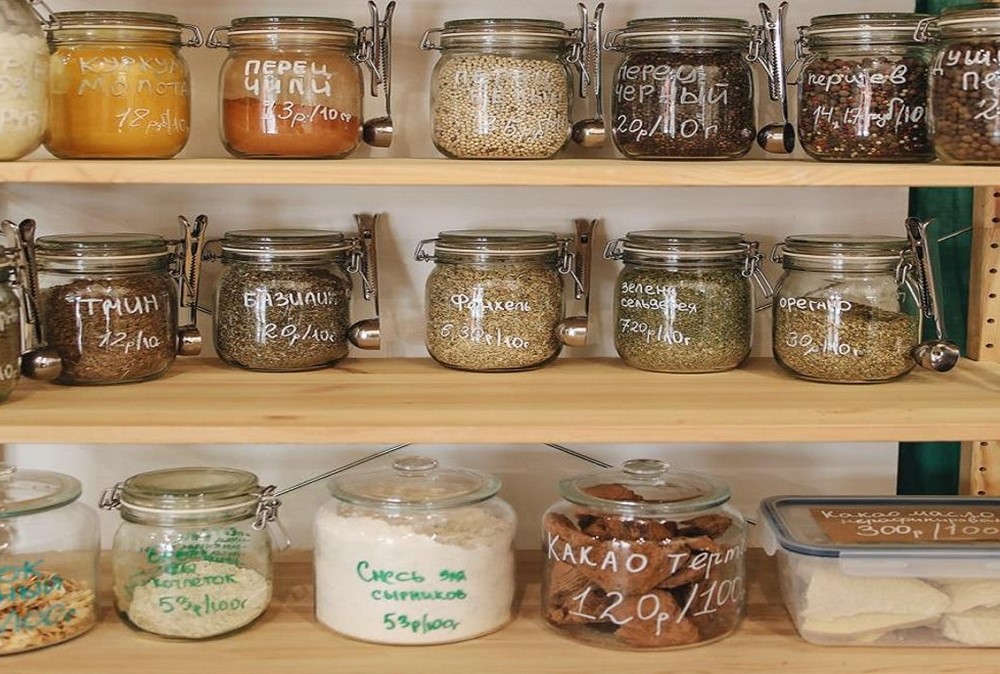According to Esri, American consumers, on average, spend close to $431 every month on groceries which equates to an annual grocery bill of $5,174. This number can vary greatly depending on the mouths you have to feed, what you intend to buy and the grocery store you want to buy it from.

Gustavo Fring/pexels. Most major grocery stores have a loyalty program wherein they reward returning customers
Imagine picking up a box of some delicious blueberries only to find that the store is charging an arm and a leg for it. Even worse, how embarrassing must it be to reach the checkout counter only to find your debit card has been declined because the bill exceeds the funds in your bank account? We shudder at the mere thought of such a prospect.
Regardless of your shopping preferences and location, there are several hacks you can try to save some cash with the next time you decide to buy your weekly or monthly groceries. From using coupons strategically to going with the right payment method, here are a few tricks that will slash your grocery bill significantly.

Anna Shvets/pexels, People can spend hours in the produce section, sizing up different vegetable and fruit options
Slow and Steady Wins the Race
While we have all seen consumers spending countless hours in the produce section groping different fruit and vegetable items to find something that is perfectly ripe, it might not hurt to try a different approach next time around. If you instead decide to buy underripe fruit, you could greatly increase its life in your refrigerator, meaning you won't have to go to the store as often as you might think while also reducing the amount of rotten food you have to throw out otherwise.
Reward Points
Nowadays, most major grocery stores have a loyalty program wherein they reward returning customers with a points system that can be used for discounts on items purchased. Although most of us decide to skip on getting a free membership card just so we can check out faster, it might be wise to spend a few minutes signing up for the rewards program using a phone number or an email address. It might seem like a chore but trust us, these memberships will result in significant savings in the long run.

Andrea Piacquadio/pexels. Next time you’re on a spending spree, team up with a friend to share the bill
Two is Better than One
If you’ve got a roommate in your college dorm or a friend in your neighborhood, it might not be a bad idea to partner up with them the next time you’re on a spending spree at your nearest store. Or better yet, why not even consider going halfsies on items that you don’t consume regularly and end up going bad or getting wasted anyway? This tactic can come in very handy when buying perishable items like fruits, vegetables, etc. This way, you can bulk-buy several different products and enjoy the savings therein while also sharing the bill with your companion.




